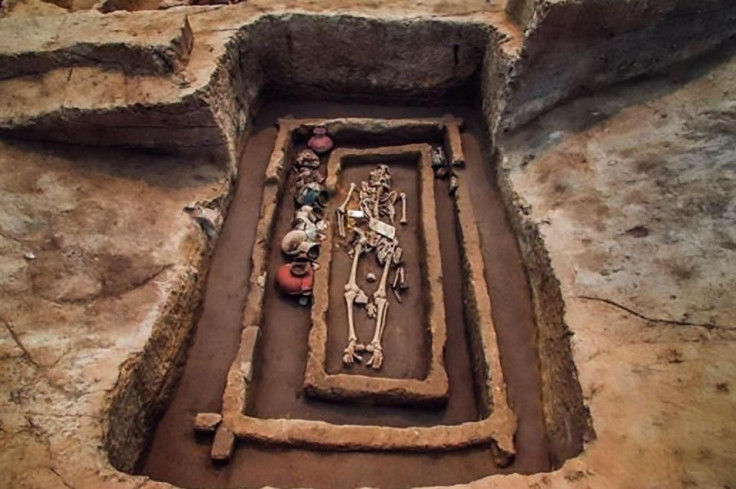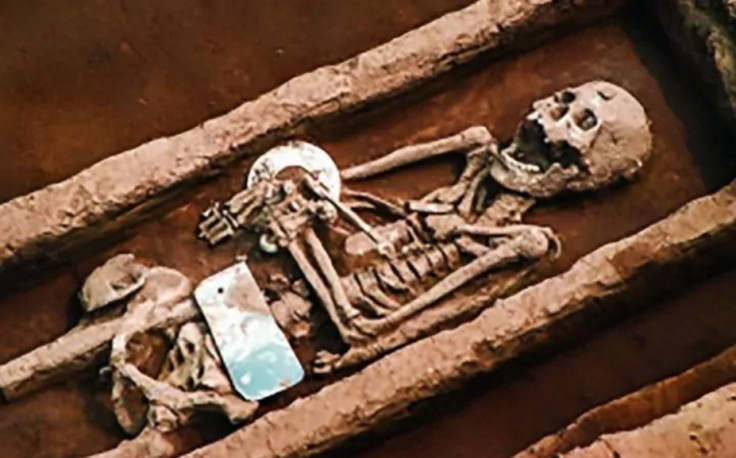Remarkable 5,000-year-old 'graveyard of giants' discovered in China
The people of the village were very well nourished, leading to their unusual height.

An archaeological dig has revealed a burial site with people who would have towered over their contemporaries in ancient China, around 3000 BCE.
As a rule of thumb, prehistoric humans tended to be shorter than people today. They had less access to nourishing food, had to survive harsh weather conditions with little protection and modern medicine didn't exist.
But some cultures of the distant past bucked this trend. People of the Gravettian culture of Europe in the Palaeolithic era had a remarkable stature, for example.
Now the discovery of a pocket of burials of people with extraordinary height has shown that the Neolithic people of Jiaojia village in Zhangqiu district of Jinan city, Shandong Province, were also exceedingly tall. One man buried there was reportedly 6 foot 2 inches (1.9m).
"This is just based on the bone structure. If he was a living person, his height would certainly exceed 1.9m," Fang Hui, head of Shandong University's school of history and culture, told China Daily.
Even today, the Shandong region in the east of China is reputed for its height, with the above-average height for the country. But the ancient people of the region would also have towered over the people living there today by 8 cm or more.
It's thought that the Neolithic people of Jiaojia attained their stature thanks to a diet rich in nutrients. Agriculture in the region was thriving during the Neolithic era, with an abundance of pigs and millet.

Without DNA analysis on the bones, it is not possible to say whether the people of Jiaojia had a genetic predisposition to extreme tallness for the time. Overall adult height is controlled by a number of factors, including genes for height and nutrition during childhood.
"Already agricultural at that time, people had diverse and rich food resources and thus their physique changed," said Fang.
Archaeologists excavating the village investigated 205 graves and 20 sacrificial pits to learn more about the ancient culture. The houses were well-built and spacious for the time. The investigation is part of a wider project to understand more about the history of the lower Yellow River region of China.
"Further study and excavation of the site is of great value to our understanding of the origin of culture in east China," said Zhou Xiaobo, deputy head of Shandong provincial bureau of cultural heritage.

© Copyright IBTimes 2024. All rights reserved.






